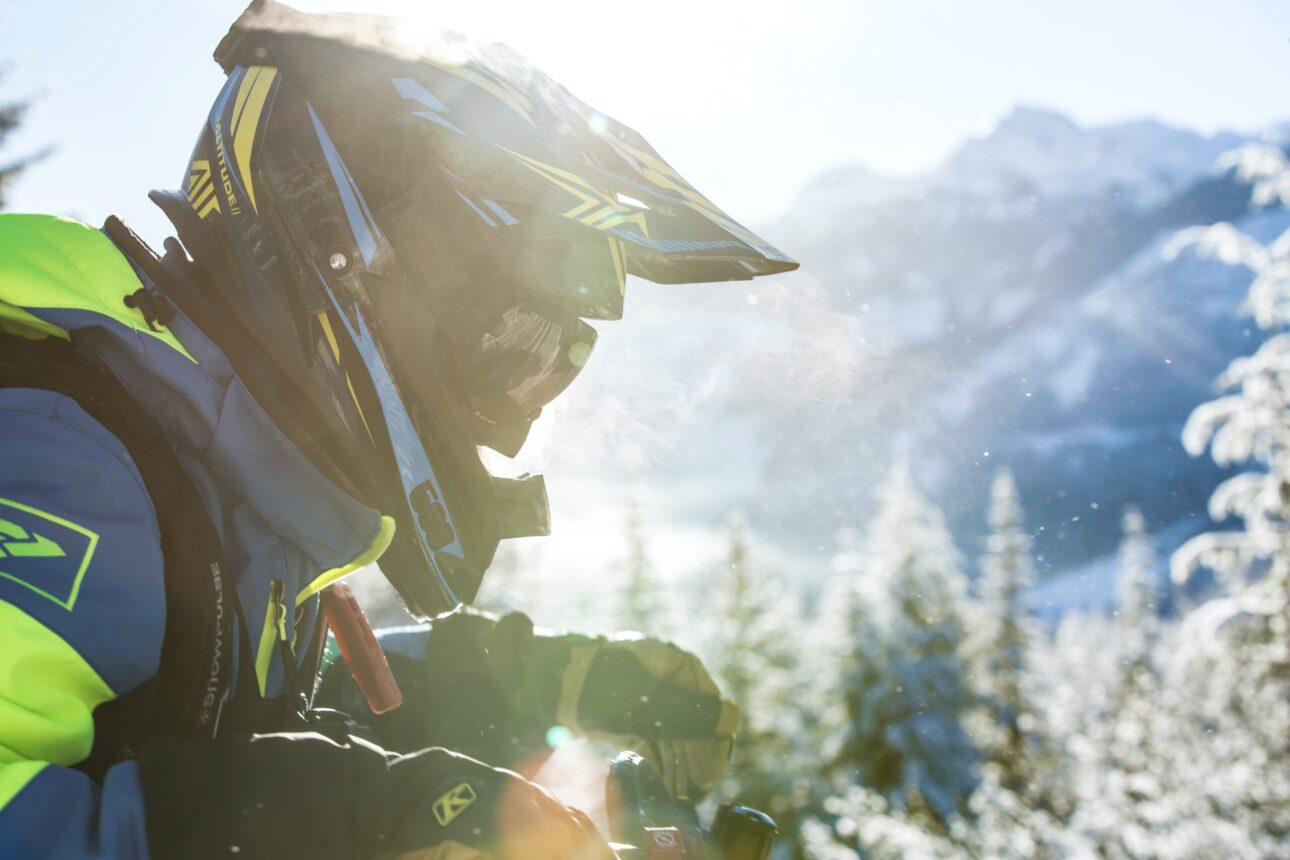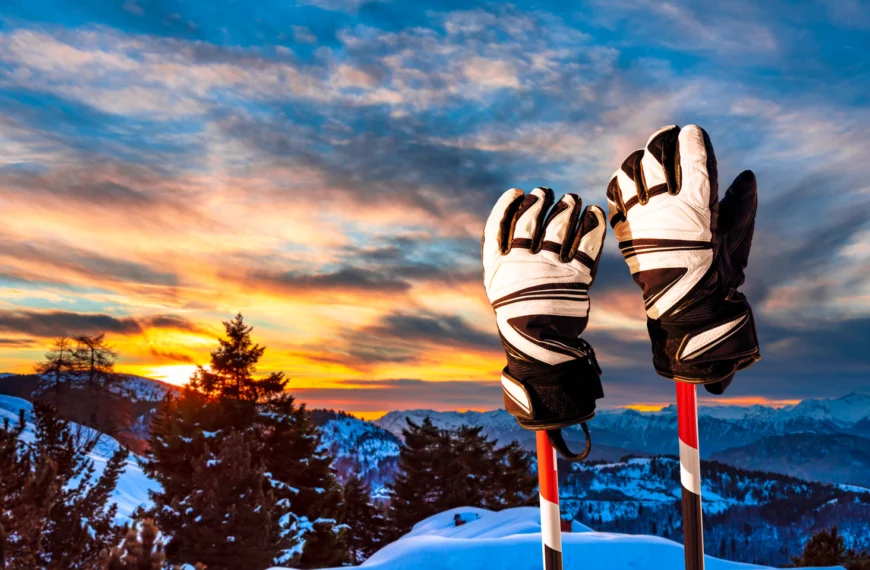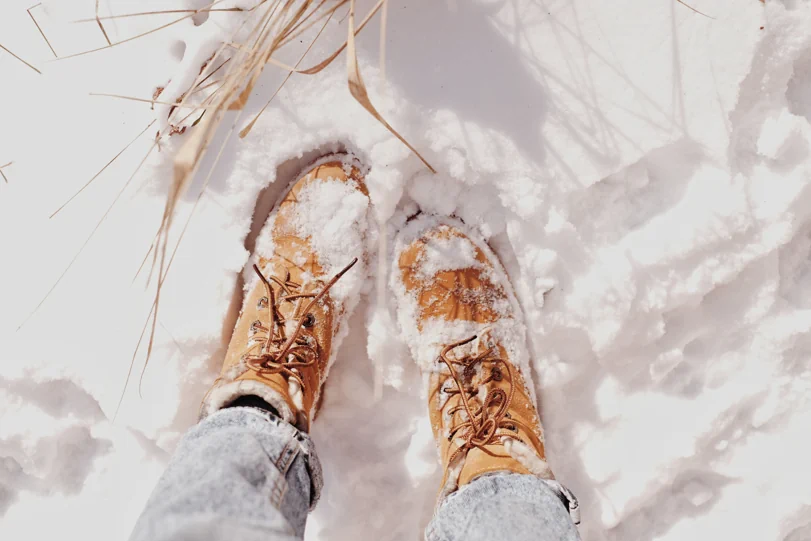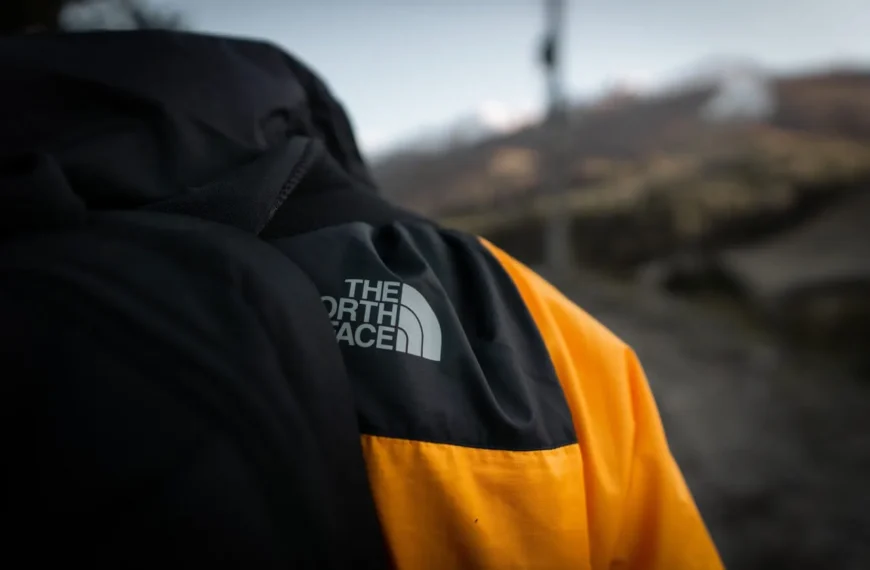Snowmobiling is a great way to enjoy the winter months, but it’s important to stay safe while you’re out on the trails. Wearing a helmet is one of the best ways to protect yourself while snowmobiling, and there are many different types and styles of helmets to choose from.
Are you ready to hit the trails this winter?
Before you jump on a snowmobile, make sure you’re safe by picking up the best snowmobile helmet. There are many types and styles of helmets available, so it’s important to do your research before making a decision. From lightweight designs for long-distance rides to full-face models for ultimate protection, there is an option that meets your needs and budget.
You should always wear a helmet while riding your snowmobile! It’s not just about looking cool – it can save lives in the event of an accident or collision. Plus, modern helmets have superior comfort features so that they stay put even during fast accelerations and bumpy terrain. Investing in a good quality helmet will give you peace of mind knowing that you’re protected at all times out on the slopes!
Check out our blog post now and find the perfect snowmobile helmet for yourself today!

- Ignite dual pane heated shield ensures fog-free performance.
- 2 shell sizes and Dual Density EPS provide an optimal fit.
- Fidlock easy-open magnetic strap clasp for convenient use.
- New Pro Series Liner and Cheekpads included as standard.
- DOT approved and meets Federal Motor Vehicle Safety Standard 218 (FMVSS 218).

- Lightweight M-FORGE Composite shell for reduced weight.
- Sun visor heated chamber with amplified heated visor and retractable amber sun visor.
- Prescription eyeglasses friendly with adjustable humidity extractor vents.
- Unobstructed panoramic field of vision for a mask-less riding experience.
- Durable anti-fog and anti-scratch coatings, optional front LED utility light.
- NCS System reduces noise significantly compared to other helmet models.

- 2019 Ultra Snowmobile Helmet by Vega Helmets with sleek design.
- Clear Electric/heated shield fights fog, water, and air penetration.
- Includes breath box, DOT approved shield, removable wick-dri liner, and waterproof design.
- Meets or exceeds US DOT standard FMVSS 218 & ECE R 22.05 for impact protection.
- 5-year warranty (details on Vega website), not applicable for accident replacement.
Jump Ahead
How We Choose
It can be hard to know which snowmobile helmet is the best for you, as there are so many different brands and models available.
We’ve read through hundreds of customer reviews on Amazon to find the best snowmobile helmets for you. We’ve compiled a list of the top helmets based on customer satisfaction ratings, safety features, and affordability.
FYI — LookLeisure may collect a share of sales or other compensation from affiliate links.
- M-FORGE composite shell for reduced weight.
- Heated sun visor chamber and retractable amber visor.
- Prescription eyeglasses friendly with adjustable vents.
- Unobstructed panoramic vision, anti-fog and scratch coatings.
- NCS System reduces noise significantly, optional LED light.
Why We Love It
Its sleek, aerodynamic design creates a powerful look and will certainly turn heads as you hit the trails.
Its wide eye opening gives you an extraordinary field of view while its Clear Vision Technology reduces any possible distortion in your sight. Additionally, its built-in retractable sun shield lets you quickly adjust to your environment with the press of a button.
Moreover, preparing for foggy conditions is made easy with the Breath-Evac fog-resistant system. It prevents your helmet from fogging up quickly so that visibility isn’t impaired when it matters most.
From its comfort to performance, this helmet will provide you with all the basics of a high-end helmet that snowmobilers need and deserve!
- Value-packed snowmobile helmet with aggressive design.
- Electric/heated shield fights fog, air, and water penetration.
- Features a breath box, DOT approved shield, removable liner.
- Fully ventilated, waterproof design; meets safety standards.
- 5-year warranty. Not applicable for accident replacement.
Why We Love It
It is DOT approved for superior protection that stands up to heavier impacts. With a fog-reducing breath box attachment, you’ll get maximum visibility on the trails.
The frosty chill won’t be an issue either! The removable Comfort Tech Wick-Dri liner keeps your head warm and sweat-free on long rides.
Plus, its waterproof design gives you superior moisture control with its fully ventilated system. All of these features make it so your experience isn’t disturbed while focusing on cornering and staying safe.
Enjoy peace of mind when out snowmobiling with the Vega Helmets Ultra Electric Snow Adult Full Face Snowmobile Helmet!
- M-FORGE composite shell; 20% lighter than BV2S & 16% lighter than Modular.
- Heated sun visor chamber, amplified heated visor, retractable amber visor.
- Prescription eyeglasses friendly with adjustable vents.
- Unobstructed panoramic vision, anti-fog and scratch coatings.
- NCS System reduces noise significantly, optional LED light.
Why We Love It
The Ski-Doo Oxygen Helmet Black boasts a lightweight M-FORGE Composite shell that is 20% lighter than the BV2S helmet and 16% lighter than the Modular helmet, making it not only one of the lightest helmets out there but also one of the most comfortable.
Additionally, this helmet comes with a sun visor heated chamber and a retractable amber sun visor to block out the sun’s harsh rays. If you wear prescription eyeglasses, you’ll love this product as well; it’s designed to be prescription eyeglasses friendly. This helmet also features adjustable humidity extractor vents and an unobstructed panoramic field of vision for an incredible maskless riding experience.
Furthermore, it comes with durable anti-fog and scratch coatings so your vision will remain crystal clear no matter what kind of terrain you take on. If that isn’t enough for you, an optional front LED utility light is available for extra visibility at night or in low-light conditions.
And last but not least, you can rest easy knowing this product was engineered with an NCS system that reduces noise up to 2 times more than the BV2S helmet and up to 3 times more than Modular snowmobile helmets – perfect if you’re looking for some peace and quiet while riding down the slopes!
- Meets DOT standard (FMVSS218), regularly tested.
- Retractable tinted sun visor, easy button operation.
- Double pane heated shield, adjustable breathbox and chin skirt included.
Why We Love It
Enjoy the ride longer with the Typhoon TH158 Dual Visor Modular Snowmobile Helmet.
As an American-owned business that has been providing quality, certified helmets for more than 10 years, Typhoon Helmets ensures that all of its helmets meet the DOT standard by having them tested regularly at an independent test facility.
The double pane heated shield, adjustable breath box, and chin skirt make this helmet perfect for taking on whatever you might find out in nature.
So take a ride knowing that you have not only protection but peace of mind on every turn when you choose a Typhoon TH158 Dual Visor Modular Snowmobile Helmet.
- Ignite dual pane heated shield for fog-free performance.
- 2 shell sizes, dual density EPS for optimal fit.
- Fidlock easy-open magnetic strap clasp.
- Pro Series liner and cheekpads included.
- DOT approved, meets FMVSS 218.
Why We Love It
Are you a snowmobiler who wants the best in performance and comfort? Look no further than the 509 Delta R4 Ignite Helmet. This innovative helmet sets the industry standard for modular flip-up shields that feature Ignite dual pane heating technology, allowing for clear, fog-free vision even in sub-zero conditions.
The shield is oversized to provide an enhanced field of view and it flips up instantly with the push of a single, glove-friendly button. To keep you warm and comfortable during your rides, the helmet also features climate control venting and a glove-friendly Fidlock magnetic strap buckle.
FAQs
It can be hard to know which snowmobile helmet is the best for you. There are so many different brands and styles on the market, it’s hard to know where to start.
Not only do you have to worry about finding a helmet that will protect your head in the event of an accident, but you also want one that is stylish and comfortable. With all of the different brands and styles available, how can you be sure you’re making the right choice?
We’ve compiled a list of the most Frequently Asked Questions about snowmobile helmets so that you can make an informed decision before purchasing one.
The Best Snowmobile Helmets
We’ve considered dozens of factors when picking out the best snowmobile helmets for this list. When you take everything into account – from style and comfort to safety features – it’s easy to see why these are our top picks. If you’re looking for a stellar helmet to keep you safe and comfortable on the slopes, look no further than our top five best snowmobile helmets!








